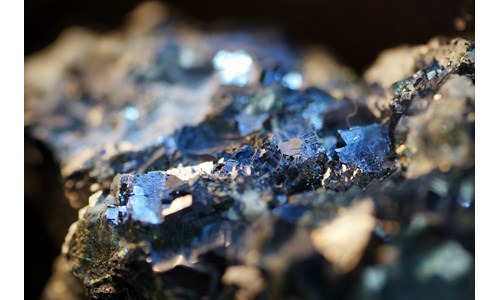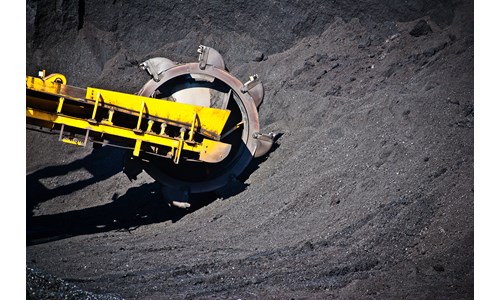Creaming curve fingerprinting Part 2: Temporal and spatial workflows
*Please note that this report only includes an Excel data file if this is indicated in "What's included" below
Report summary
Table of contents
- Executive summary
-
Unlocking the temporal dimensions of creaming curves
- Forget the picture, look at the video
- Case study: Insights from Nigeria’s Niger Delta Basin time-lapse analysis
-
Location, location, location
- Case study: Analysing the spatial component of Colombia’s Lower Magdalena Basin through time
- Further reading
Tables and charts
This report includes the following images and tables:
- Table 1A: 2000
- Table 1B: 2005
- Table 1C: 2010
- Table 1D: 2020
- Table 2A: 1980
- Table 2B: 2000
- Table 2C: 2010
- Table 2D: 2020
What's included
This report contains:
Other reports you may be interested in
Creaming curve fingerprinting Part 3: New metrics of exploration difficulty and performance
Can we extract valuable information about explorers’ decision-making process from clues embedded within creaming curves?
$1,350Cameroon Douala exploration basin
Cameroon's Douala Basin is a secondary focus behind the Niger Delta. Prospective resources are low and struggle to generate material value.
$2,800Brazil Campos exploration basin
A detailed analysis of the exploration performance and outlook of Brazil's prolific Campos Basin.
$2,800














